How to lend in DeFi
This article covers lending and withdrawing your cryptoassets with links to step-by-step instructions for Aave, a leading lending dApp using the Bitcoin.com Wallet.
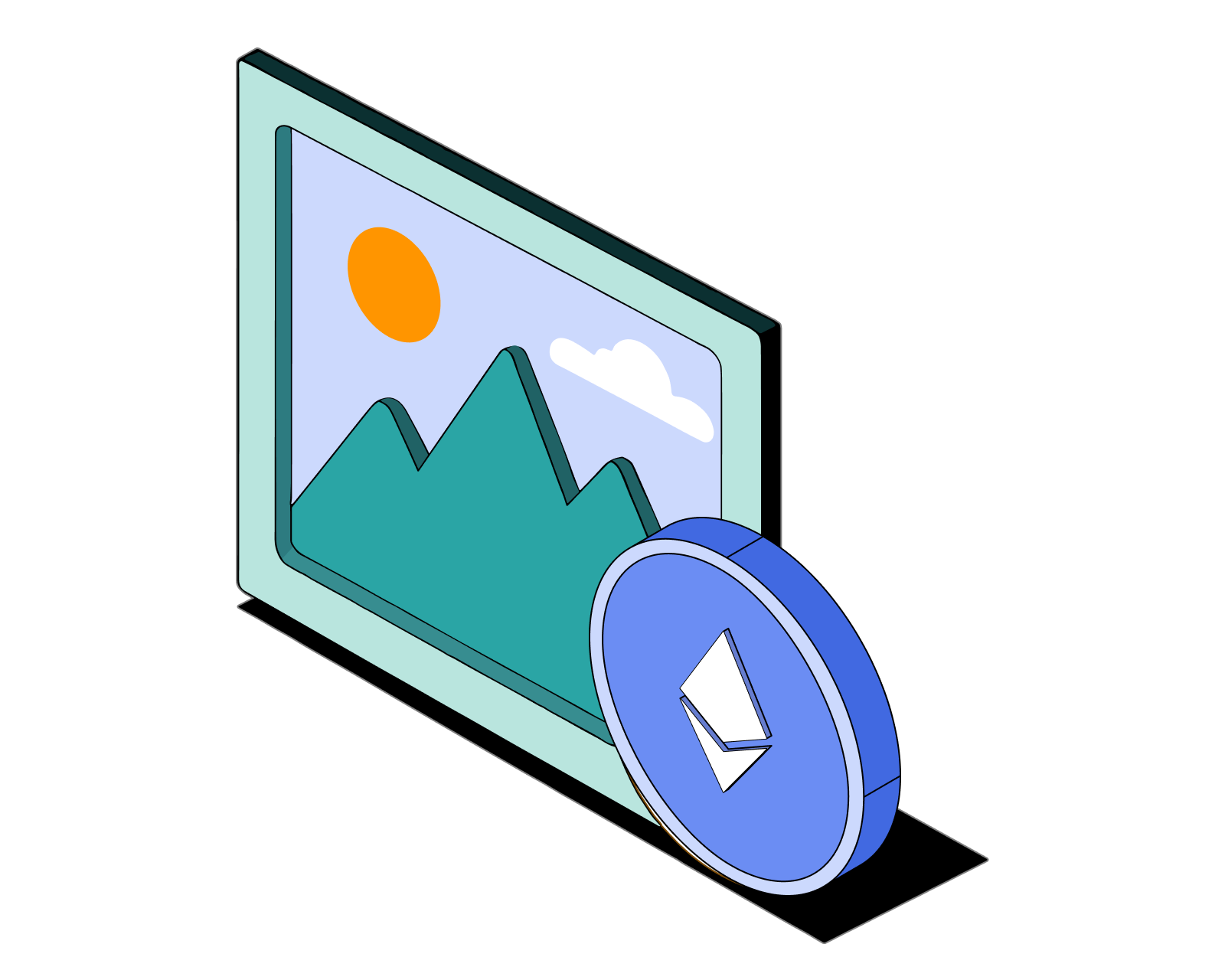
Table of Contents
The basics of lending in DeFi
DeFi allows people to borrow cryptoassets from a pool of lenders. The lenders receive yield from the interest borrowers pay. If you are new to the idea of lending or borrowing, please read the following article: What is crypto lending?
What you need in order to lend in DeFi
You will need three things to lend your cryptoassets on a lending platform:
- Digital wallet
- Cryptocurrency
- Lending platform site
Digital wallet: These wallets, also called crypto wallets or web3 wallets, hold cryptocurrencies and other digital assets. The best wallets are self-custodial like the Bitcoin.com Wallet. Self-custody means you have full control over the contents of the wallet, whereas in custodial wallets a third party has ultimate control. Learn more about self-custody and its importance here.
Cryptocurrency: The wallet will need to contain cryptocurrency to pay for transaction fees as well as to swap. Transactions fees are used to pay for actions that make changes to a blockchain. They will be paid in the blockchain’s native currency. For example, ETH is used to pay for transaction fees on the Ethereum blockchain. In order to lend a cryptoasset, your wallet will need to contain one of the cryptoassets the lending platform accepts. Use the following articles to learn how to buy or swap cryptoassets.
Lending platform site: It’s important to use a reputable lending platform that accepts a good number of quality cryptoassets, and has competitive yields. The next section introduces just such a platform.
Introduction to Aave
Aave, a leading DeFi dApp, exists on multiple chains, including Ethereum and Avalanche. The Bitcoin.com Wallet supports dApps on both chains through WalletConnect.
You can read more about WalletConnect here.
Here’s a guide for how to use WalletConnect.
Supplying assets to Aave allows you to do two things:
- Earn interest on your deposit (APY).
- Use your deposited cryptoassets as collateral for a loan.
How to lend
To get started lending on a DeFi platform, first go to a reputable lending protocol such as Aave. Connect your web3 wallet to the dApp. Lending platforms will have a list of cryptoassets you can deposit. Each cryptoasset will have a different APY. Choose a cryptoasset and deposit it from your web3 wallet. The lending protocol will have a dashboard to track interest you have earned on your deposits.
For step-by-step instructions on how to lend on Aave with the Bitcoin.com Wallet, use this support article.
How to withdraw your assets
On most lending protocols you will be able to withdraw your cryptoassets at any time. To withdraw your cryptoassets from a lending protocol, go to the page that shows which cryptoassets you have deposited. From this page you should be able to withdraw each cryptoasset.
If you have loans, be very careful with withdrawing assets associated with those loans. You can reduce the TVL to dangerously low levels.
For step-by-step instructions on how to withdraw on Aave with the Bitcoin.com Wallet, use this support article.
Related guides
Start from here →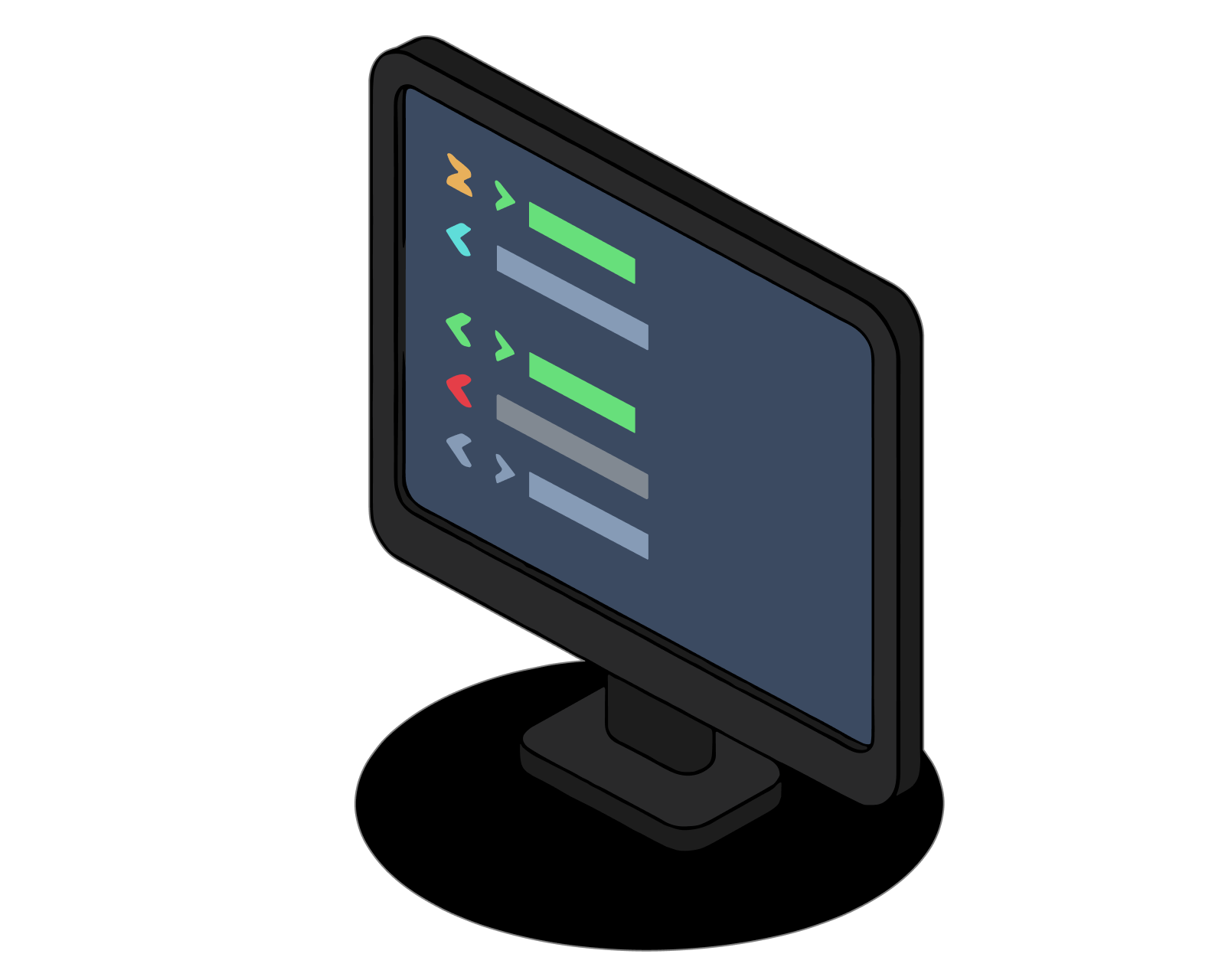
What is a DEX?
A decentralized exchange (DEX) is a type of exchange that specializes in peer-to-peer transactions of cryptocurrencies and digital assets. Unlike centralized exchanges (CEXs), DEXs do not require a trusted third party, or intermediary, to facilitate the exchange of cryptoassets.
Read this article →
What is a DEX?
A decentralized exchange (DEX) is a type of exchange that specializes in peer-to-peer transactions of cryptocurrencies and digital assets. Unlike centralized exchanges (CEXs), DEXs do not require a trusted third party, or intermediary, to facilitate the exchange of cryptoassets.

What is DeFi?
Learn what makes decentralized finance (DeFi) apps work and how they compare to traditional financial products.
Read this article →
What is DeFi?
Learn what makes decentralized finance (DeFi) apps work and how they compare to traditional financial products.
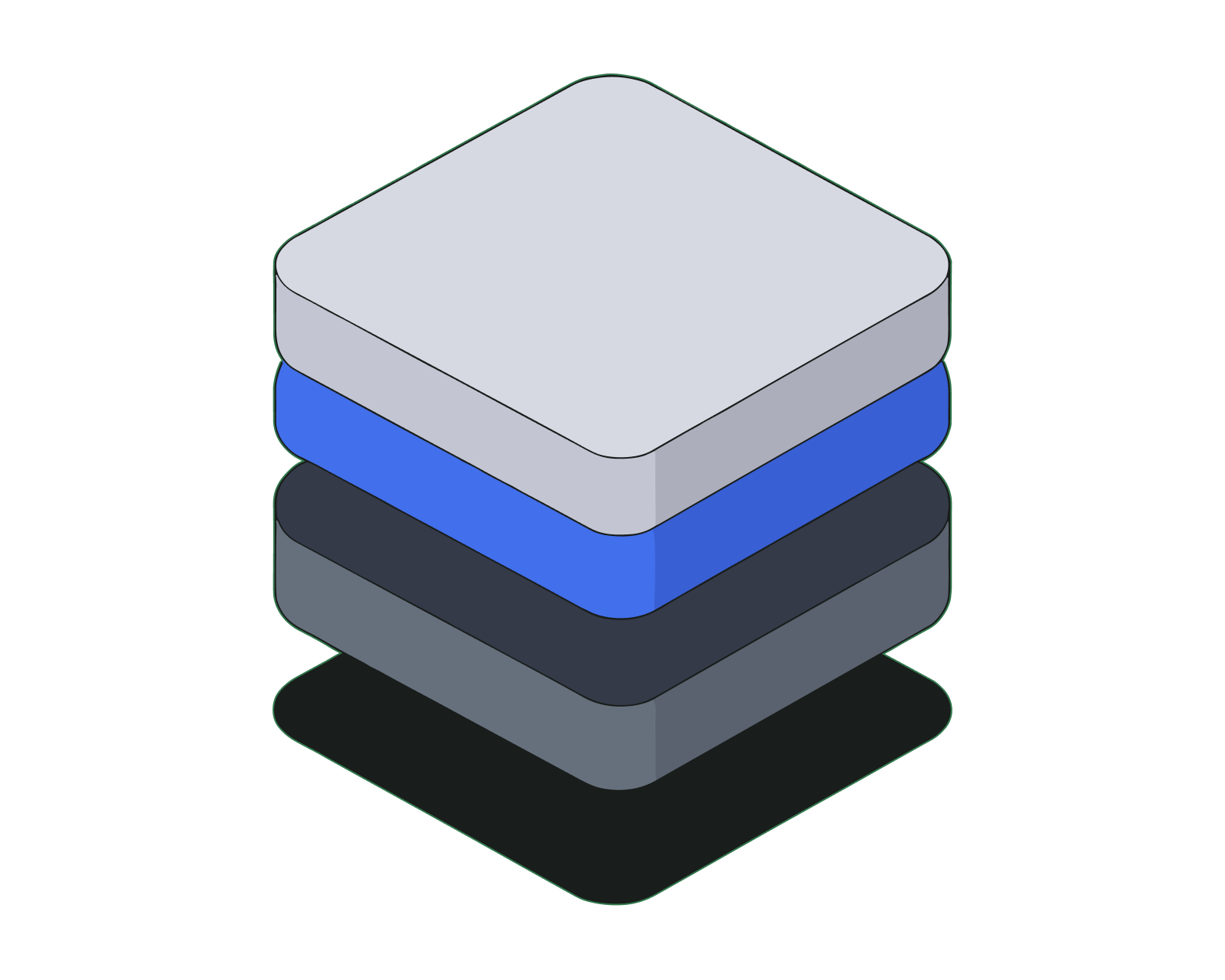
DeFi use cases
Decentralized Finance (DeFi) is bringing access to financial products to everyone. In this article we examine some prominent use cases.
Read this article →
DeFi use cases
Decentralized Finance (DeFi) is bringing access to financial products to everyone. In this article we examine some prominent use cases.
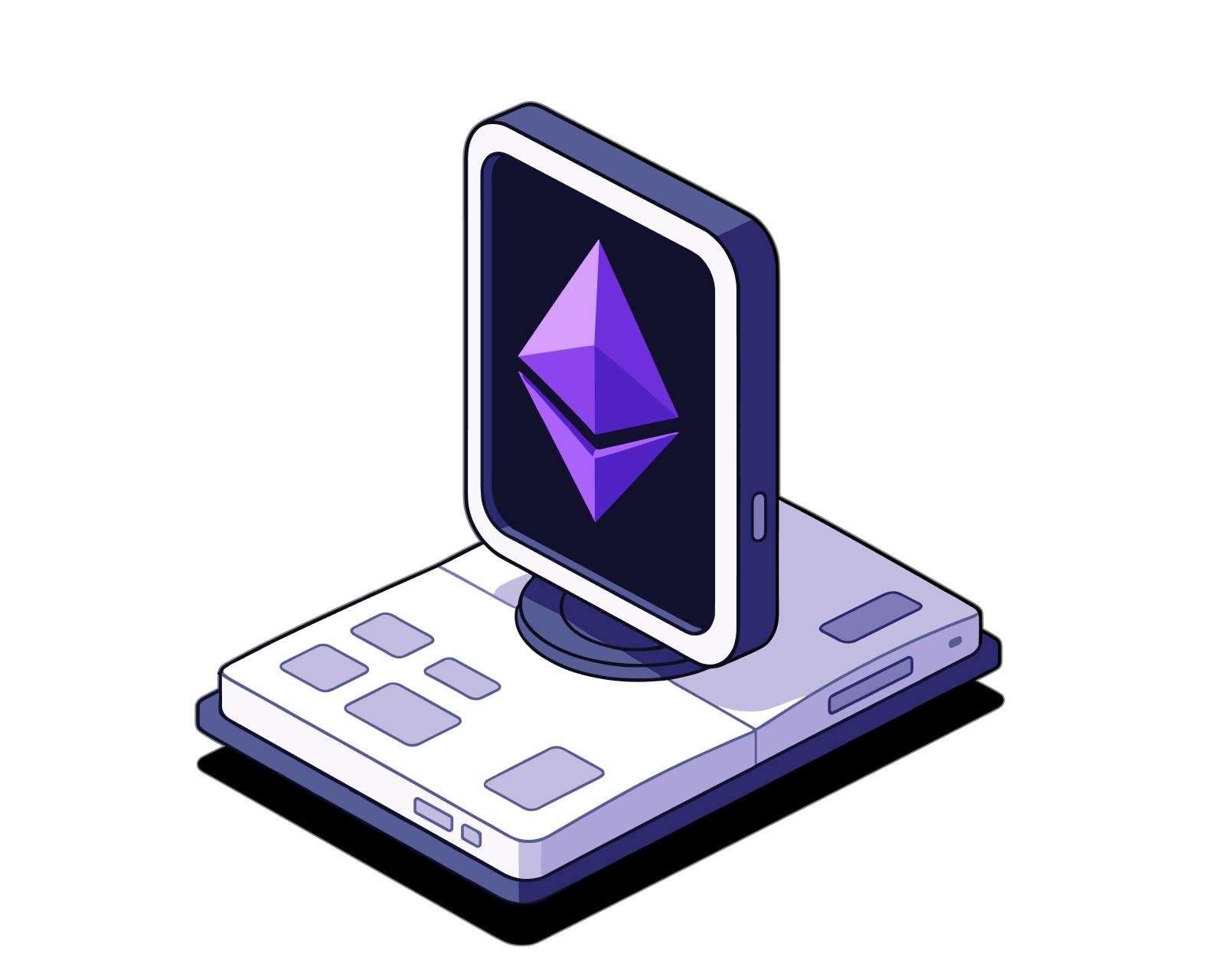
DEX lingo
From AMM to yield farming, learn the key vocabulary you’ll encounter when trading on a DEX.
Read this article →
DEX lingo
From AMM to yield farming, learn the key vocabulary you’ll encounter when trading on a DEX.

What are crypto derivatives?
Derivatives like perpetual futures and options are widely used in crypto. Learn all about them.
Read this article →
What are crypto derivatives?
Derivatives like perpetual futures and options are widely used in crypto. Learn all about them.
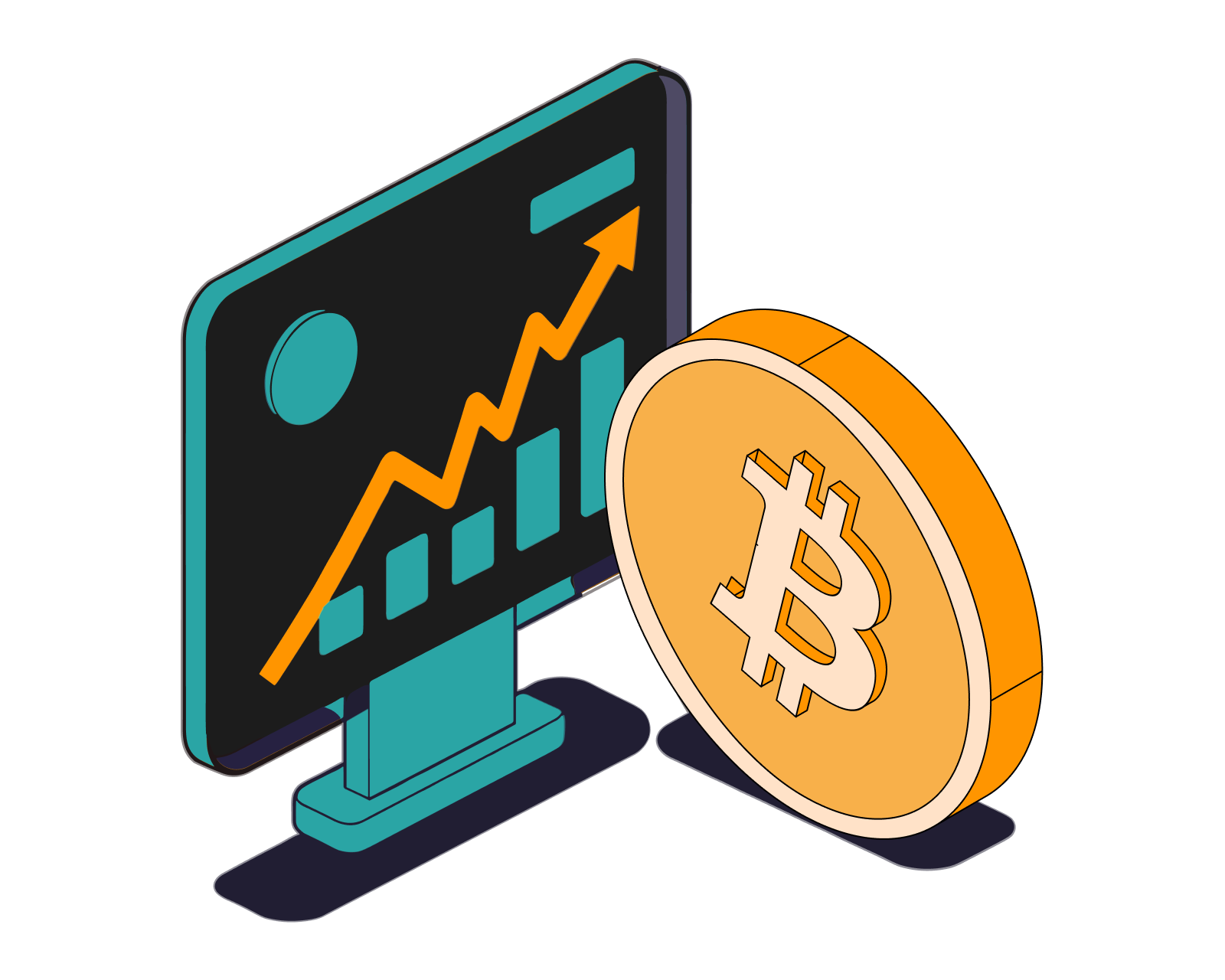
What are prediction markets?
Find out about prediction markets, including how they work and what they are used for.
Read this article →
What are prediction markets?
Find out about prediction markets, including how they work and what they are used for.
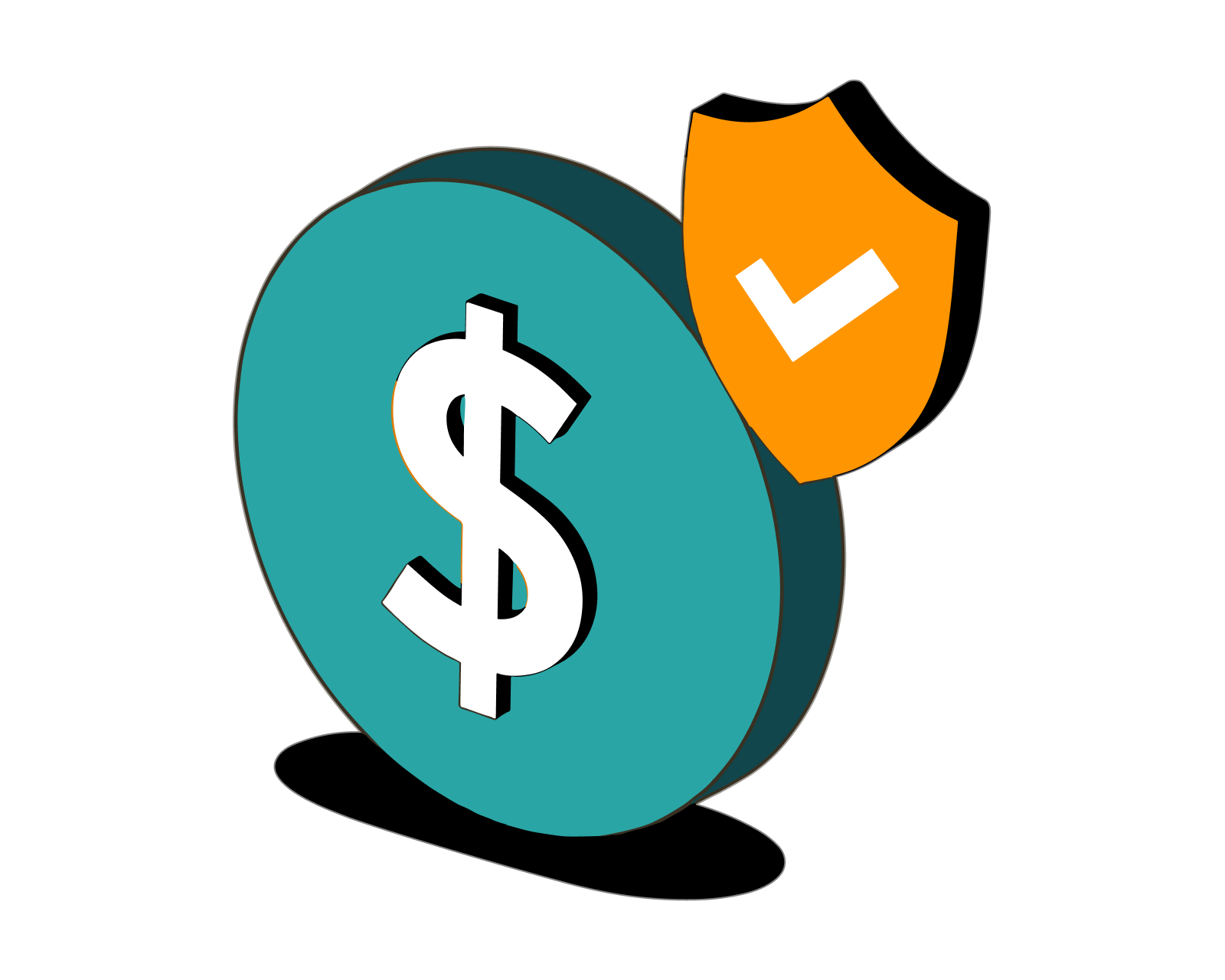
Dollar-cost averaging
Learn how to protect yourself from big losses with this simple but powerful investment strategy.
Read this article →
Dollar-cost averaging
Learn how to protect yourself from big losses with this simple but powerful investment strategy.
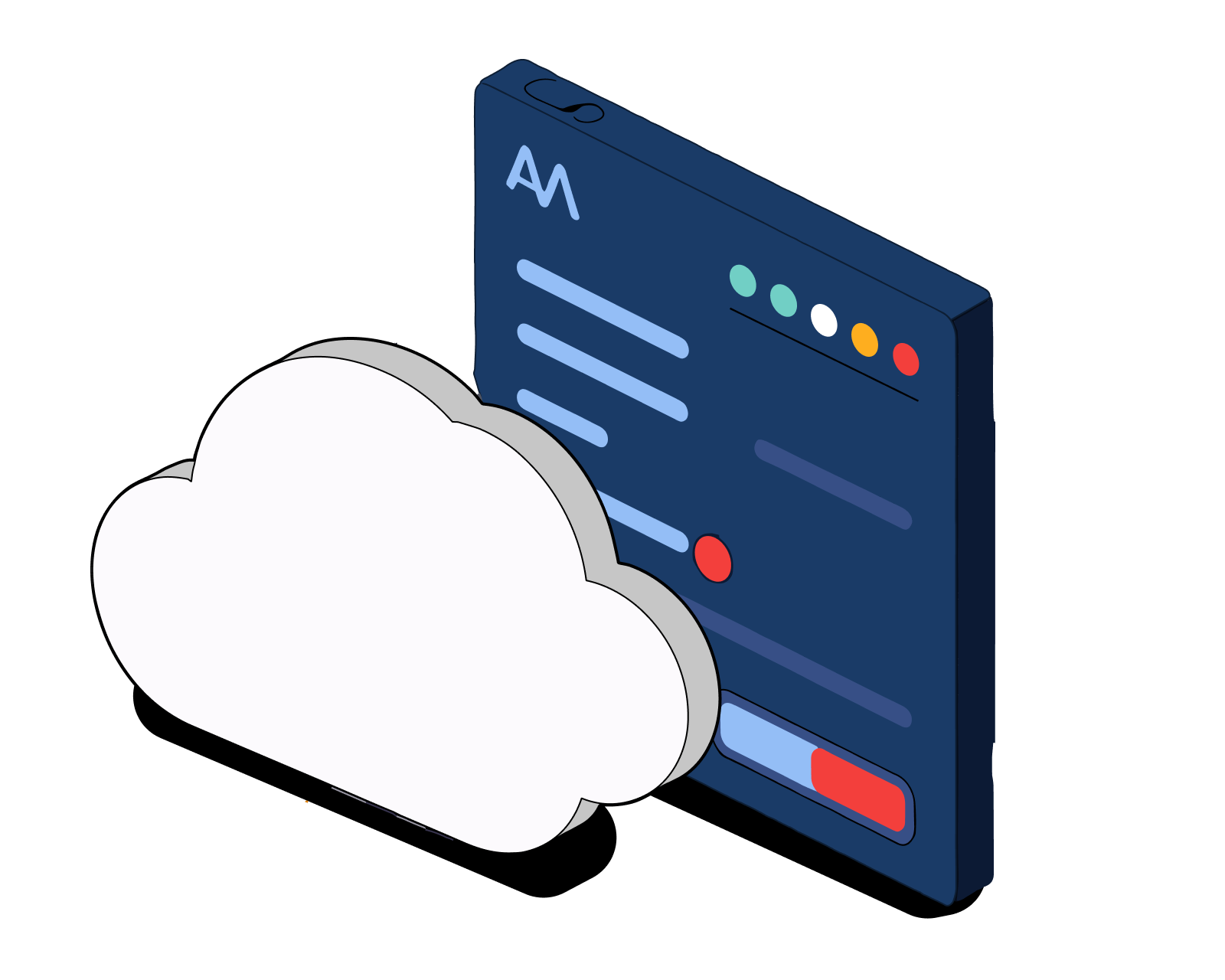
What is APY?
APY stands for annual percentage yield. It is a way to calculate interest earned on an investment that includes the effects of compound interest.
Read this article →
What is APY?
APY stands for annual percentage yield. It is a way to calculate interest earned on an investment that includes the effects of compound interest.
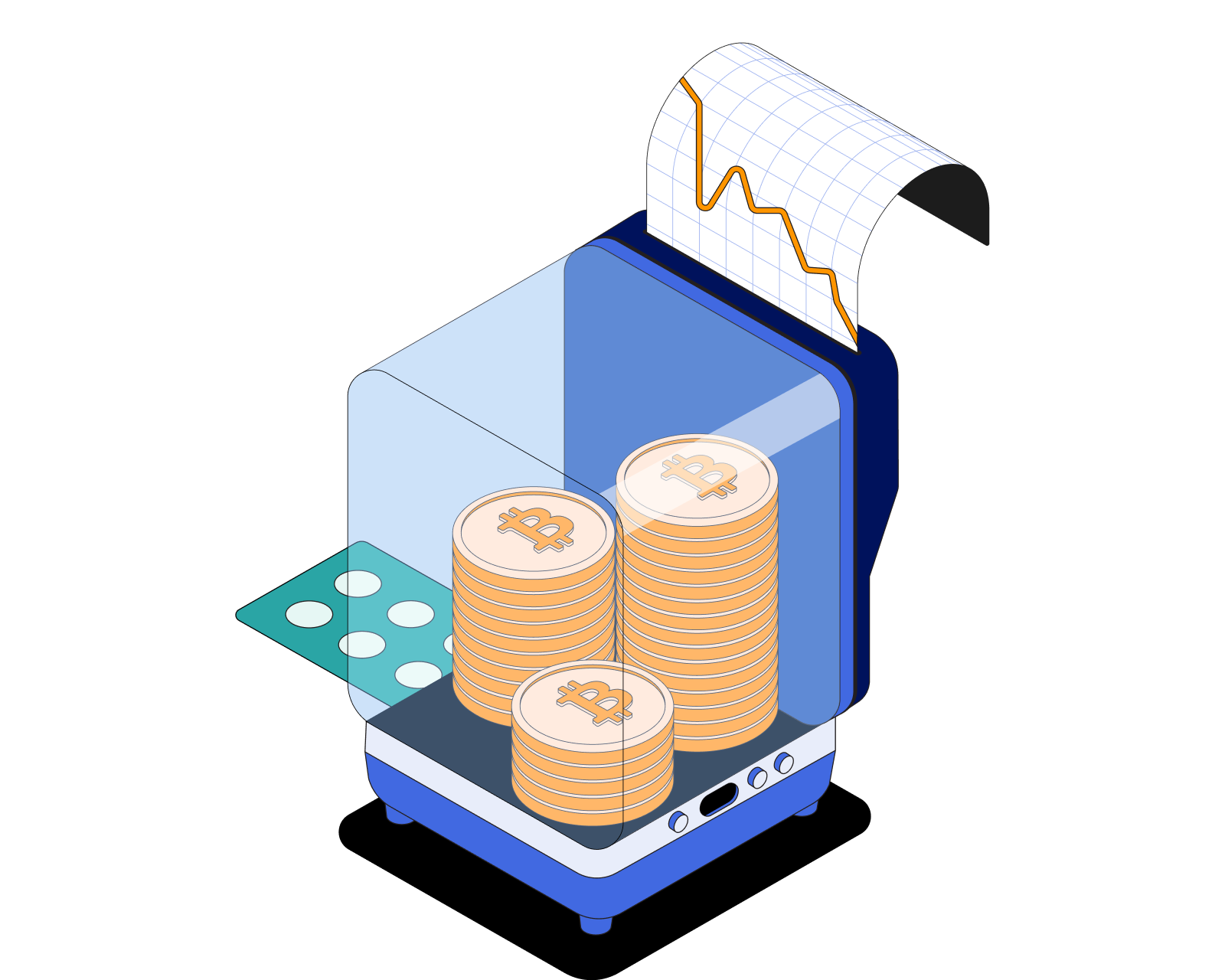
What is liquidity?
Liquidity has several slightly different but interrelated meanings. For the purposes of crypto, liquidity most often refers to financial liquidity and market liquidity.
Read this article →
What is liquidity?
Liquidity has several slightly different but interrelated meanings. For the purposes of crypto, liquidity most often refers to financial liquidity and market liquidity.
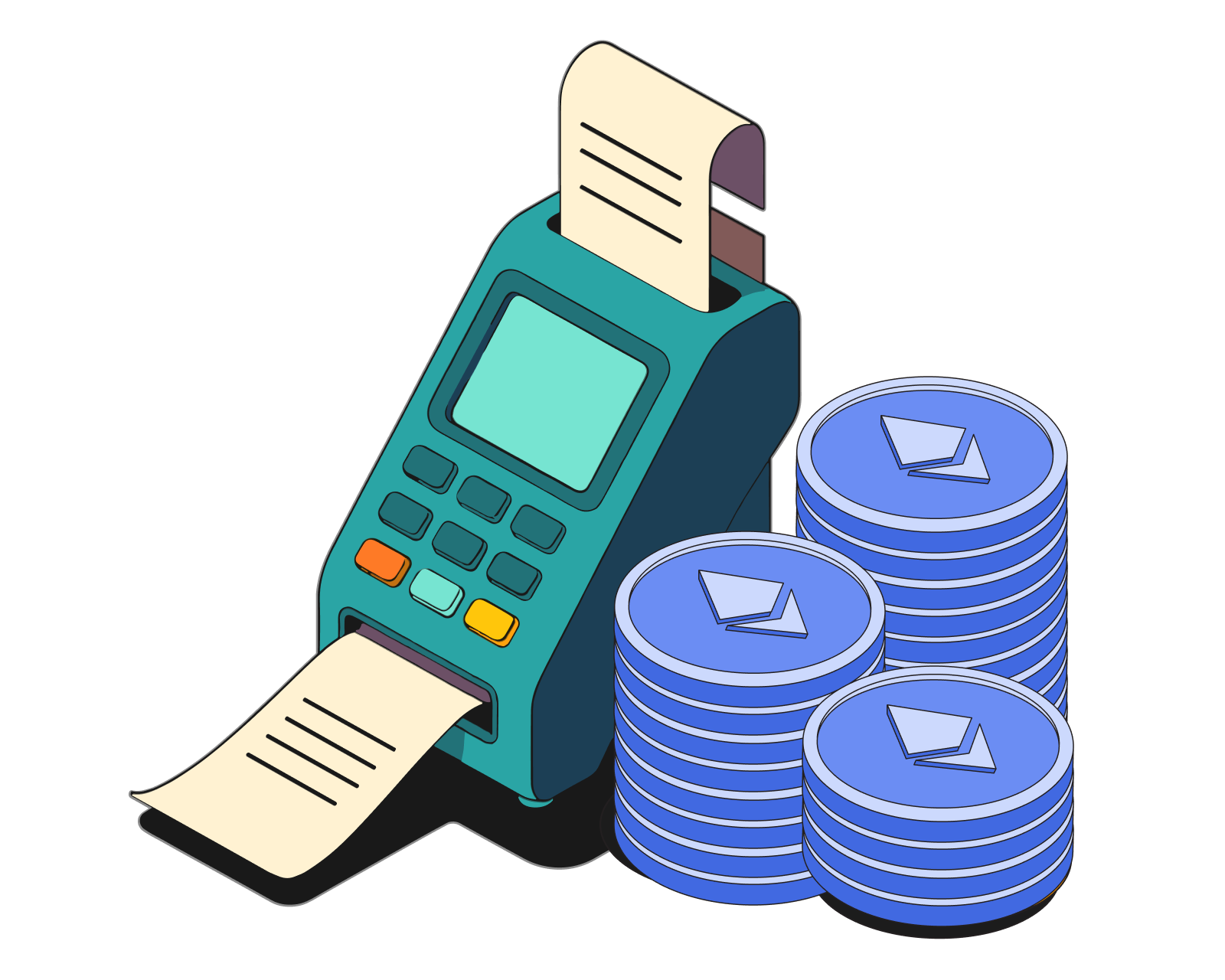
What is a token sale?
Token sales are an important part of the crypto ecosystem. Learn their ins and outs.
Read this article →
What is a token sale?
Token sales are an important part of the crypto ecosystem. Learn their ins and outs.
STAY AHEAD IN CRYPTO
Stay ahead in crypto with our weekly newsletter delivering the insights that matter most
Weekly crypto news, curated for you
Actionable insights and educational tips
Updates on products fueling economic freedom
No spam. Unsubscribe anytime.



Start investing safely with the Bitcoin.com Wallet
Over wallets created so far
Everything you need to buy, sell, trade, and invest your Bitcoin and cryptocurrency securely

© 2025 Saint Bitts LLC Bitcoin.com. All rights reserved


